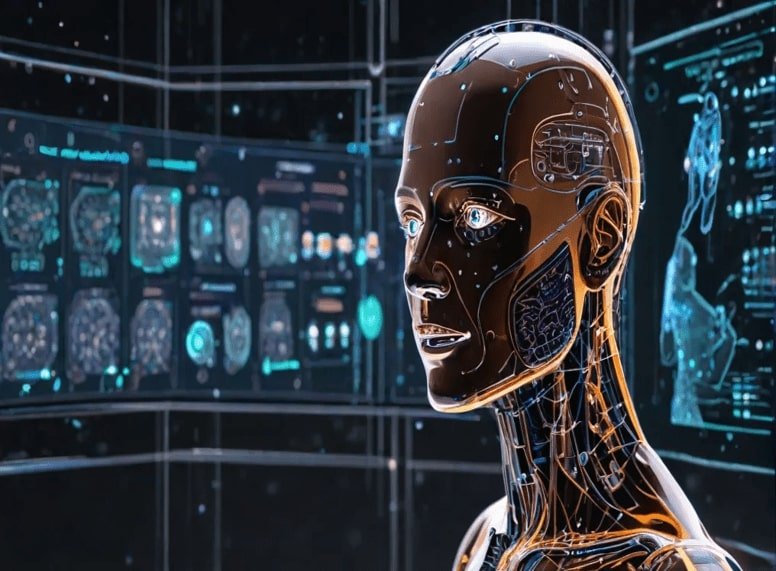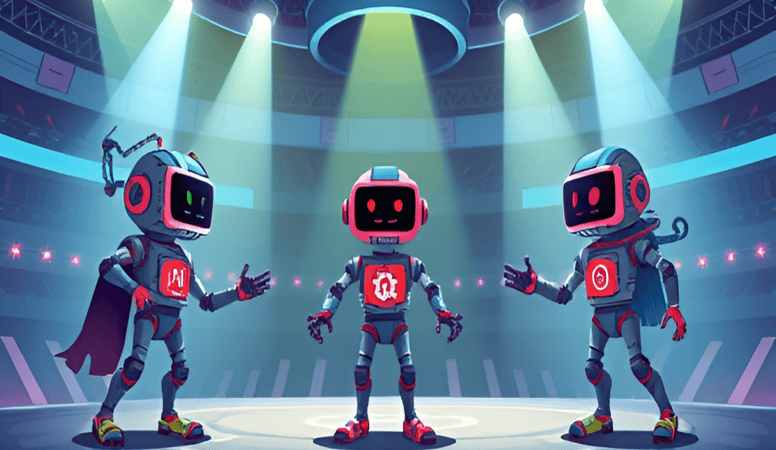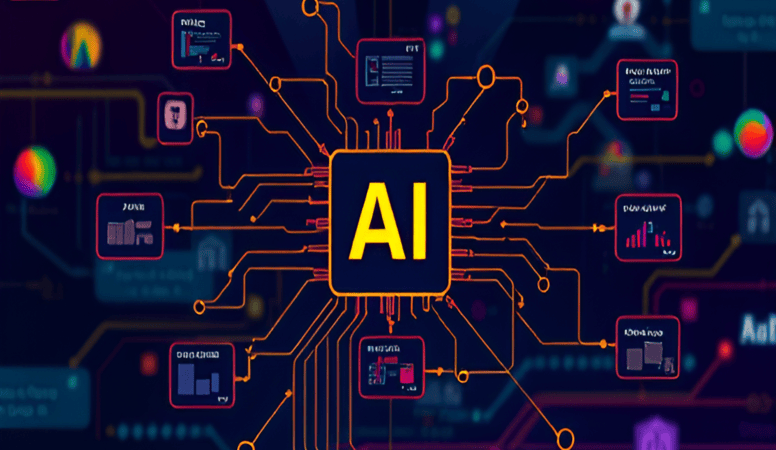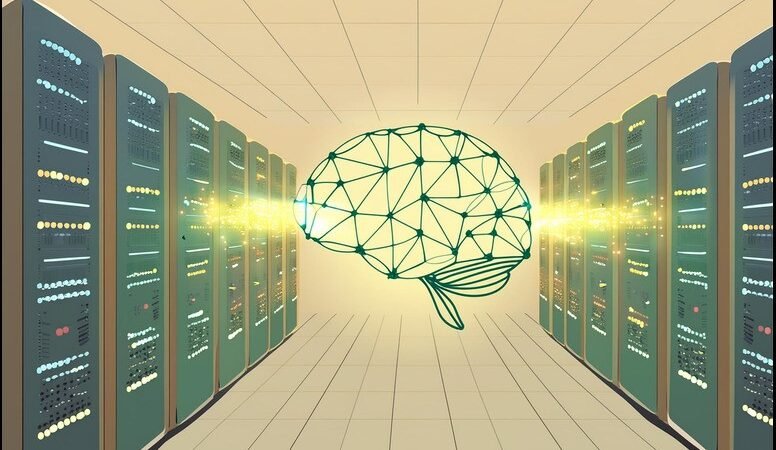Neural networks are a cornerstone of modern artificial intelligence, modeled after the human brain to process and analyze vast amounts of data. This article delves into what neural networks are, their various types, and their wide-ranging applications.
What Are Neural Networks?
A neural network is a computational model based on the network of neurons in the human brain. They consist of layers of interconnected nodes, or “neurons,” which process data and learn to recognize patterns. These networks are trained using large datasets, allowing them to improve their accuracy and efficiency over time.
How Neural Networks Work
Neural networks operate through layers: input, hidden, and output layers. The input layer receives data, which is processed through one or more hidden layers where the data is transformed and weighted. Finally, the output layer generates the prediction or result. The connections between nodes have adjustable weights, optimized through a process called backpropagation, which minimizes the error between predicted and actual outcomes.
Types of Neural Networks
Feed-Forward Neural Networks (FNNs)
The simplest form, feed-forward neural networks, have connections that move in one direction—from input to output. They are widely used in image and speech recognition.
Recurrent Neural Networks (RNNs)
Designed for sequential data, such as time series or language processing, RNNs have loops allowing them to maintain memory of previous inputs, making them suitable for tasks like language modeling and translation.
Convolutional Neural Networks (CNNs)
CNNs specialize in processing grid-like data structures, such as images. They utilize convolutional layers to detect features like edges and textures, making them ideal for tasks like image and video recognition.
Generative Adversarial Networks (GANs)
GANs consist of two networks—a generator and a discriminator—that work in opposition. The generator creates data, and the discriminator evaluates it, refining the generator’s output over time. GANs are used in image synthesis, video generation, and even music creation.
Applications of Neural Networks
Image Recognition
Neural networks excel in image recognition tasks, enabling technologies like facial recognition, object detection, and even emotion analysis from images.
Natural Language Processing (NLP)
In NLP, neural networks help understand and generate human language, powering applications such as chatbots, translation services, and sentiment analysis.
Healthcare
Neural networks revolutionize healthcare by aiding in disease diagnosis, personalized treatment plans, and medical image analysis, leading to more accurate and timely medical interventions.
Finance
In finance, neural networks predict stock prices, detect fraudulent activities, and automate trading strategies, enhancing decision-making processes and operational efficiency.
FAQs
What is a neural network in simple terms?
A neural network is a computer system modeled after the human brain that can learn and recognize patterns from data.
What is the training time for a neural network?
Training time varies with the complexity of the network and dataset size, ranging from minutes to several weeks.
Can neural networks make mistakes?
Yes, especially if not trained on sufficient or representative data. Continuous training and refinement improve accuracy.
What are the most common applications of neural networks?
Common applications include image recognition, natural language processing, healthcare diagnostics, and financial forecasting.
How can I learn about neural networks?
Start with online courses and tutorials on platforms like Coursera, Udacity, and edX, and gain practical experience with tools like TensorFlow and PyTorch.
Conclusion
Neural networks are pivotal in driving advancements in artificial intelligence. Their ability to learn and adapt from data makes them indispensable in various fields, from healthcare to finance. As research progresses, the potential applications of neural networks will continue to expand, shaping the future of technology and innovation. Understanding neural networks is crucial for anyone looking to engage with modern AI and data science.








